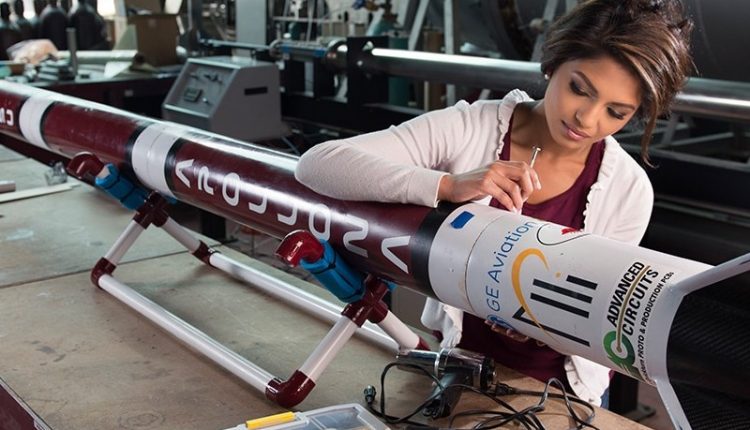Features of Students Personal Statements for Scholarship
A personal statement for a scholarship is a crucial document that can make or break your chances of receiving financial aid for your academic journey.
It serves as a platform to showcase your strengths, accomplishments, and unique personality, allowing the reviewing committee to understand why you need assistance and how the scholarship will help you achieve your academic and career goals. In this blog post, we will explore the essential features of a well-written personal statement and offer valuable tips to help you stand out from the competition.
Crafting an Effective Personal Statement:
- Language and Length: Write your personal statement in the language required by the scholarship organization, typically English. Keeping it concise is essential as reviewing committees often have numerous applications to assess. Aim for a word count between 200 and 500 words to maintain their interest.
- Points to Include: Your personal statement should highlight your strengths, both academically and personally. Consider discussing your educational achievements, involvement in sports and community activities, any unique skills or traits that set you apart, and the challenges you’ve overcome. Additionally, emphasize the financial need for the scholarship and how it aligns with your future dreams and career aspirations.
- Introduction: Capture the reviewers’ attention with a compelling introductory paragraph. Introduce yourself, mention your origin, family background, and any specific circumstances that make you deserving of financial assistance. A well-crafted introduction can leave a lasting impression and encourage the committee to read your statement thoroughly.
- Body: The body of your personal statement should provide supporting information to convince the committee of your suitability for the scholarship. Detail your academic and extracurricular achievements, explain your chosen major, and why you selected the college or university you plan to attend. Describe your experiences, leadership qualities, community volunteer work, and how they have shaped you as an individual. Be genuine and avoid exaggerating your accomplishments.
- Education and Career Goals: Clearly outline your educational and career objectives in the next section. Explain the significance of attaining your highest expected degree and how it will contribute to your future aspirations. For instance, if you aim to become a politician, elaborate on how an advanced degree will equip you to be an effective leader in the field. Make sure each sentence is persuasive and compelling.
- Conclusion: The concluding paragraph should summarize the key points mentioned throughout your personal statement. It is your last opportunity to leave a lasting impression on the reviewing committee. Be persuasive, impressive, and reiterate how the scholarship will play a crucial role in helping you achieve your goals.
Final Thoughts:
Crafting a high-quality personal statement is vital for securing scholarships. This unique piece of writing serves as a powerful representation of your personality and potential, allowing the committee to understand your strengths, ambitions, and financial needs. Devote ample time to understanding the structure and content required, and refine your writing to make your application stand out. Remember, your personal statement can be the key to unlocking your academic dreams with the help of a scholarship.


